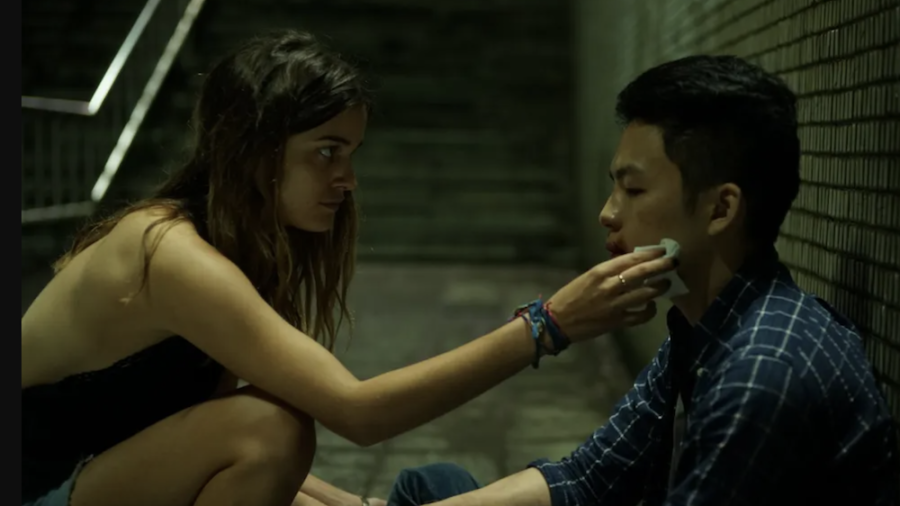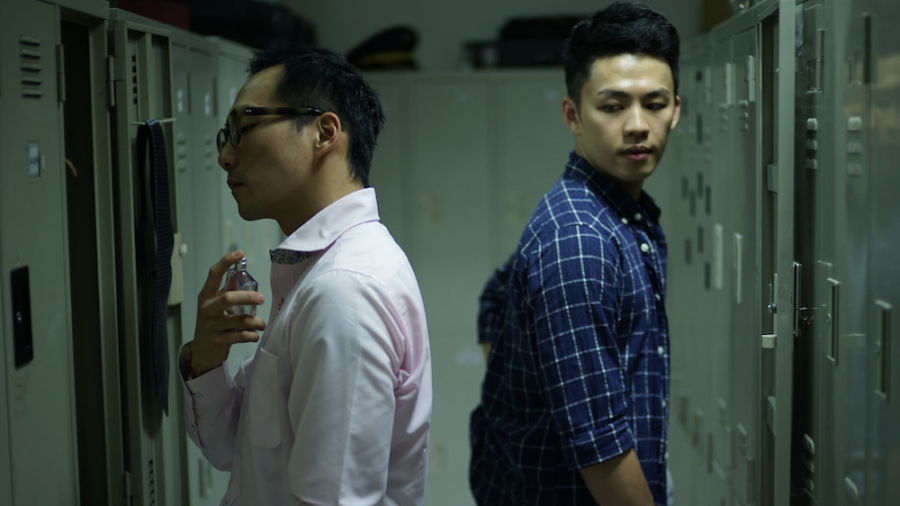The Sci-Fi Thriller On Netflix Messes With Time In A Big Way

Delve deep into the intricate layers of humanity and fate with Cities of Last Things, now available for streaming on Netflix. This evocative tale, told in reverse chronological order, deftly combines elements of drama, crime, and sci-fi, offering viewers a unique cinematic experience that is as haunting as it is mesmerizing.
The urban landscape serves as more than just a backdrop; it’s a character in its own right, reflecting the turmoil and passions of its inhabitants. As secrets unravel and destinies intertwine, this film challenges perceptions and keeps audiences riveted to their screens. Dive in and discover a world where the past, present, and future meld into one unforgettable narrative.
Cities of Last Things is told in reverse chronological order
Cities of Last Things presents a unique cinematic journey, narrating its story in a reverse-chronological order that provides viewers with a thought-provoking perspective on the interconnectedness of life’s events.

The film opens in a dystopian future where Zhang Dong Ling is an older man. This world is dominated by advanced technology and the looming presence of authoritative forces. One night, after a series of events, Zhang commits suicide by jumping off a building.
As the narrative continues, the audience is taken further back in time to Zhang’s middle-aged years. In this segment, Zhang is a police officer who discovers his wife’s infidelity with a close colleague. Amid the swirling emotions of jealousy, anger, and sadness, Zhang’s choices during this period lay the foundation for many of his future actions.
The beginning of Cities of Last Things opens in a dystopian future where Zhang Dong Ling is an old man
Delving even further into the past, the film showcases Zhang as a young boy. He gets into trouble with the law and is sent to a juvenile detention center. It’s here that he meets a young girl, who becomes an essential figure in his life. The experiences of his youth, including the hardships and moments of kindness, significantly shape Zhang’s perception of the world and his place within it.

Throughout these three distinct periods of Zhang’s life, the film cleverly intertwines the themes of fate, redemption, and the cyclical nature of existence. Director Wi Ding Ho masterfully crafts a poignant tale that emphasizes the idea that every action has a reaction, and every decision, whether big or small, can ripple through time and profoundly impact one’s destiny.
Cities of Last Things employs a unique narrative approach by telling its story in reverse chronological order. Instead of tracing the early life of the protagonist and progressing forward, the audience is first introduced to a dystopian future, and from there, the film methodically retreats through significant moments in the life of the main character, Zhang Dong Ling.
This initial exposure to the film’s climax, Zhang’s suicide, serves as an immediate hook. Viewers are left with haunting questions about the factors that culminated in such a moment, and as the story rewinds, the narrative unravels the layers of Zhang’s life.
The thematic depth of the film is heightened by this non-linear storytelling, which underscores ideas about fate, the ramifications of our actions, and life’s cyclical nature. When outcomes are presented before their causes, it prompts reflection on how interconnected events shape eventual realities.

Furthermore, as the narrative delves deeper into Zhang’s past, earlier incidents are cast in a new light, allowing for a reinterpretation of events that might have initially seemed trivial or unrelated.
Cities of Last Things mirrors the way we engage with our memories
This approach not only mirrors the way we engage with our memories, frequently starting with the present and tracing back to identify defining moments, but it also encourages viewers to embark on an introspective journey, paralleling Zhang’s own experiences. Through its innovative manipulation of time, Cities of Last Things offers an evocative exploration of the choices we make and how they shape our destinies.
Cities of Last Things stands out as a cinematic experience that challenges traditional narrative structures, urging viewers to contemplate the inexorable links between the past, present, and future. Its reverse chronological storytelling, rather than serving as a mere gimmick, becomes a potent tool that delves deep into the essence of human experience, regrets, and the cascading effects of choices made over a lifetime.
As it streams on Netflix, audiences worldwide have the opportunity to immerse themselves in this poignant tale, reflecting on their own life choices and the myriad ways our past shapes our future. In an era where films often chase spectacle over substance, Cities of Last Things offers a thought-provoking journey that lingers long after the credits roll.











